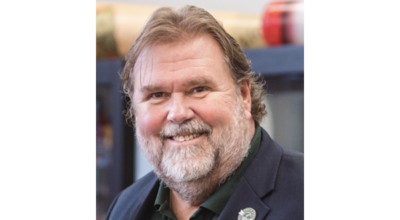Significant medical improvements came during the ‘50s
Published 3:46 pm Thursday, July 3, 2014
The 1950s produced many significant medical improvements.
With the end of World War II many of the medical advances discovered for injured service men were available for the general population.
Such was the case with one of the world’s first wonder drugs, penicillin. Penicillin is an antibiotic used to fight infection. However, a superbug organism soon developed a resistance to penicillin.
Another antibiotic produced was Streptomycin, which was discovered to combat Tuberculosis.
Rows of iron lungs filled hospital wards at the height of the polio outbreaks of the 1940s and 1950s, assisting the breathing of children and adults (mostly children) with bulbar polio and bulbospinal polio. Polio vaccination programs have virtually eradicated new cases of poliomyelitis in the United States. Jonas Salk is credited with the development of the Salk vaccine still given today.
Because of this, the development of modern ventilators and widespread use of tracheal intubation and tracheotomy, the iron lung has mostly disappeared along with polio.
It was also discovered that three vaccines for diphtheria, whooping cough and tetanus could be combined into one vaccine given to children.
With a concern and concentration on the heart many inroads in the discovery of help for the heart were developed. The first heart lung machine was used, electric shock was used to revive a patient who suffered cardiac arrest, and an artificial heart valve was inserted in a human heart. Holes in the heart were surgically repaired and the first pacemaker was invented.
The first kidney dialysis machine was used to filter blood and the first kidney transplant was performed.
A birth control pill was tested and used by women for the first time.
Other discoveries in the ‘50s were the structure of DNA, antifugal nystatins, and the EEG.
The first artificial heart transplant was placed in a dog who survived for 90 minutes. This was the first step to the human heart transplant.
The first successful open heart procedure on a human utilizing the heart lung machine was performed by John Gibbon on May 6, 1953 at Thomas Jefferson University Hospital in Philadelphia.
He repaired an atria septal defect. The machine circulates and oxygenates blood for the body while bypassing the heart and lungs. It uses the heart-lung machine to maintain perfusion to other body organs and tissues while the surgeon works in a bloodless surgical field.
Some of the most important discoveries were accomplished during this era which led to the modern technologies we are accustomed to today. We can thank the scientists, doctors and medical personnel of the 1950s and those who had a vision and passion to make life better.
Jo-Ann Boepple works at the Edwardsburg Area History Museum.





